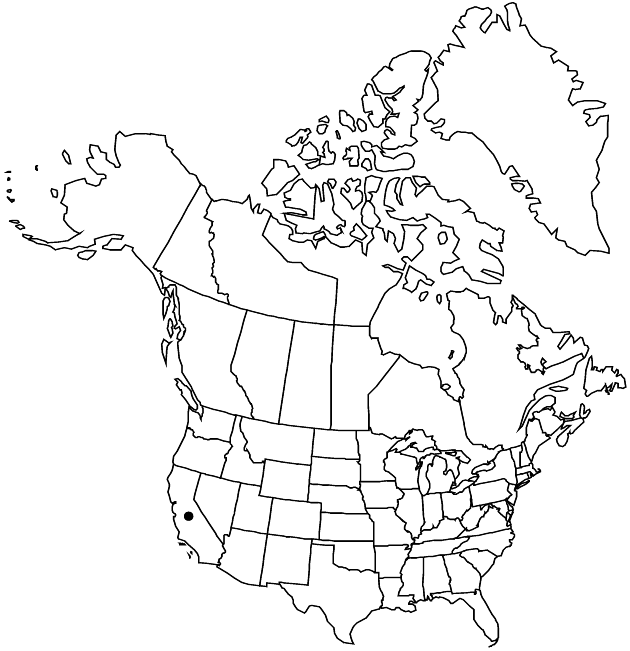Difference between revisions of "Malacothrix incana"
Fl. N. Amer. 2: 486. 1843.
FNA>Volume Importer |
FNA>Volume Importer |
||
| Line 64: | Line 64: | ||
|publication year=1843 | |publication year=1843 | ||
|special status= | |special status= | ||
| − | |source xml=https://jpend@bitbucket.org/aafc-mbb/fna-data-curation.git/src/ | + | |source xml=https://jpend@bitbucket.org/aafc-mbb/fna-data-curation.git/src/f50eec43f223ca0e34566be0b046453a0960e173/coarse_grained_fna_xml/V19-20-21/V19_475.xml |
|tribe=Asteraceae tribe Cichorieae | |tribe=Asteraceae tribe Cichorieae | ||
|genus=Malacothrix | |genus=Malacothrix | ||
Revision as of 20:18, 16 December 2019
Perennials, 12–70 cm (often mounded). Stems 1, branched proximally and distally, usually tomentose, sometimes glabrous. Cauline leaves: proximal obovate to narrowly spatulate, sometimes pinnately lobed (lobes 1–2+ pairs, subequal, apices obtuse), sometimes ± fleshy, margins usually obtuse-lobed, sometimes entire; distal not notably reduced (similar to others). Calyculi of 5–16+, ovate to lanceolate bractlets, hyaline margins 0.05–0.2 mm. Involucres 10–14 × 4–8+ mm. Phyllaries 16–30 in 2–3 series, (red-tinged) lanceolate or oblong to linear, hyaline margins 0.05–0.1 mm wide, faces glabrous. Receptacles not bristly. Florets 47–99; corollas medium yellow, 11–20 mm; outer ligules exserted 5–10 mm. Cypselae usually cylindro-fusiform, sometimes weakly prismatic, 1.5–2.2 mm, ribs extending to apices, ± equal; persistent pappi 0. Pollen 70–100% 3-porate. 2n = 14.
Phenology: Flowering Jan–Dec.
Habitat: Coastal dunes
Elevation: 0–10(–100) m
Discussion
Malacothrix incana, a dune endemic, grows currently on the coastal mainland in Santa Barbara and San Luis Obispo counties, and on San Miguel, San Nicolas, Santa Cruz, and Santa Rosa islands. Its nomenclatural type specimen was collected at San Diego, probably from the Silver Strand dune areas on Coronado Island.
Populations of a glabrous form, var. succulenta, occur in Santa Barbara County (e.g., Casmalia Beach) and San Luis Obispo County (e.g., west of Oso Flaco Lake). Glabrous forms and tomentose forms grow together on San Miguel and San Nicolas islands.
Extensive hybridization between Malacothrix incana and M. foliosa subsp. polycephala occurs on San Nicolas Island where dunes have extended into areas of normal soil, particularly along the western and southwestern portions of the island.
Hybridization between Malacothrix incana and M. saxatilis var. implicata occurs on San Miguel Island on east-facing slopes above Cuyler Harbor.
Selected References
None.
